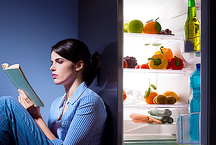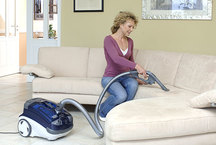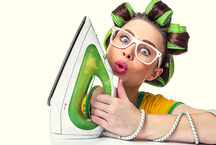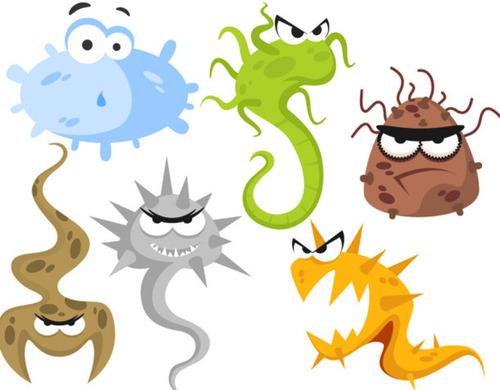
Many people are systematic when it comes to cleaning - they have impeccable cleanliness in the house. There are also people who constantly fight with microbes at home, use a lot of means so that there is not a single disinfectant area left. Of course, you should not go crazy, but it makes sense to think about where exactly bacteria can accumulate in the house.
So, here is the rating of 15 places in the house, which are presented in order of increasing danger. After all, microbes are often waiting for us in the most unexpected places.
15. Toilet seats
Of course, there are enough bacteria in the toilet, but not as many as in some other places in your home. People know about the need to regularly disinfect the toilet seat, so it is one of the least dangerous places in the house.
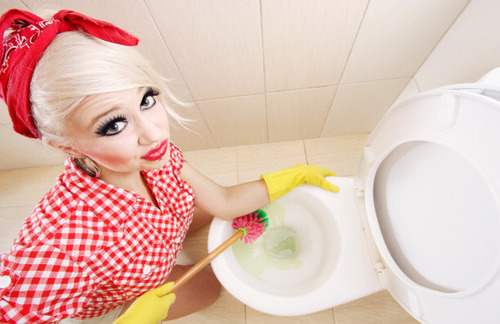
Perhaps the most bacteria spreads during the flushing of the toilet — many bacteria are in the air and settle to the surrounding objects and to the floor. Therefore, it is quite wise to keep the toothbrush away from a possible source of infection and not to leave it on the side of the sink.
14. Door handles
Many people are wary of door handles in public places - but they do not pose a serious threat in your home. Despite the fact that they are often touched during the day, the arms are not so serious army of bacteria. It is enough to wash them once a week, perhaps a bit more often if someone is sick in the house.
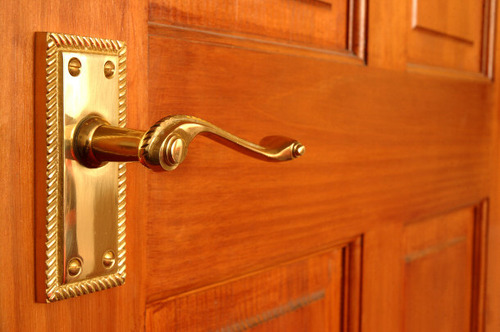
Perhaps the only door handle in the house that is worth thinking about more than once a week is the handle on the door of the refrigerator. You should always be especially careful about the hygiene of everything that is somehow related to food.
13. Electrical Switches
There are a certain number of bacteria on electrical switches, but there are not as many of them as people used to think. First, the switches are almost never used during the day, so they are advised to wash them about once a week and a little more often if they diligently save electricity in your house and often turn the lights on and off.
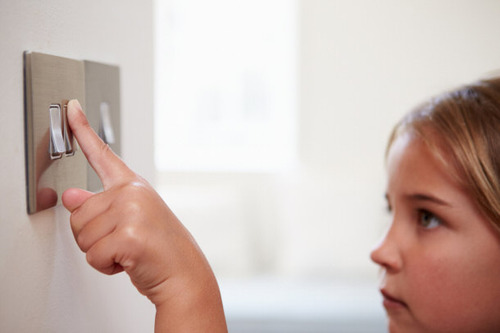
Touching things too often will certainly increase the number of bacteria on them.
12. Kitchen work areas
The conditions in the kitchen usually favor the reproduction of bacteria because there are products there. Nevertheless, this zone can be called conditionally safe, because most people are very responsible for the hygiene in the kitchen. Interestingly, the main carriers of bacteria in the kitchen are things that should not be there at all: for example, a wallet or a mobile phone left on the table shortly before food appeared on it.
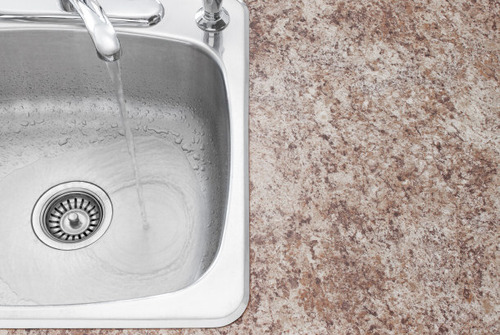
11. Bathrooms
You may be surprised by the fact that bathrooms occupy only 11 lines in the ranking of the most dangerous places in the house - because bacteria are especially actively propagated in a humid environment, and fluids in the bathroom are more than enough. However, staying in the bathroom is relatively safe.
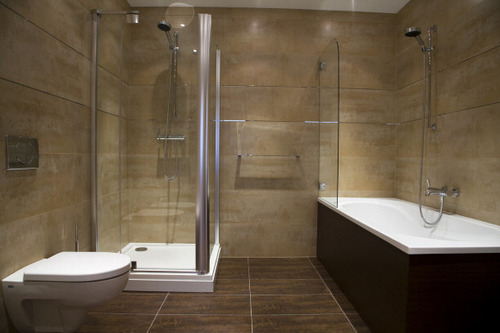
Of course, there are enough bacteria there, although they do not pose a particular threat if you regularly clean the house. It is recommended to wipe all surfaces in the bathroom with a disinfectant at least once a week. By the way, the place where the largest number of bacteria accumulates in the bathroom, are bath mats. Clean or wash them regularly with disinfectants - just add them to any detergent.
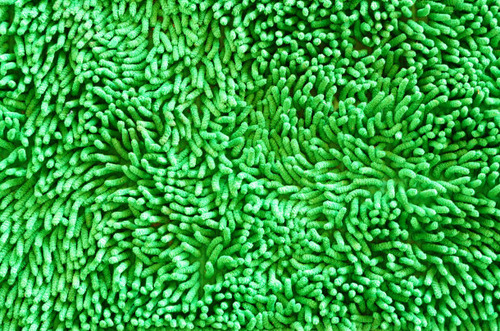
10. Remote controls
The TV remote is something that is not usually considered a dangerous peddler of infections. However, this is so, because the consoles go from one hand to another, in addition, people often eat while watching TV, which increases the risk of infections in the body.
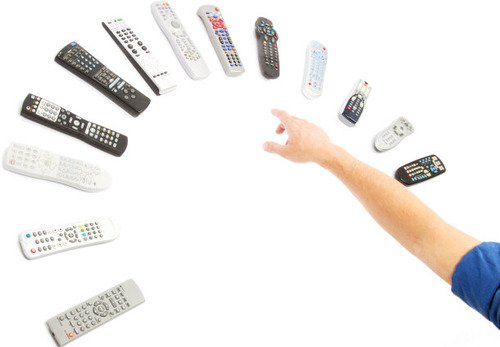
In addition, the TV remotes are cleaned and disinfected extremely rarely (if they are cleaned at all).Therefore, it is no wonder that an army of bacteria multiplies on them. Antibacterial wipes are a great way out. It is necessary to use cotton swabs to clear the space between the buttons, without leaving too much moisture on the device.
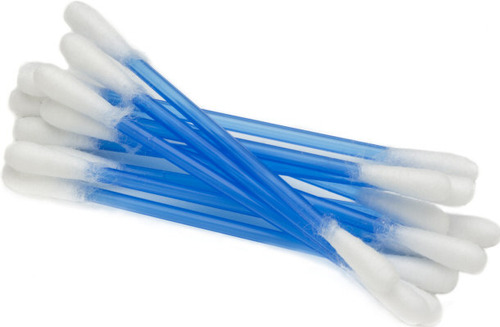
9. Joysticks for video games
As with TV remotes, joysticks are often not considered an object that carries the threat of disease, if someone disinfects them, it is extremely rare. Usually they just do not pay attention during cleaning.
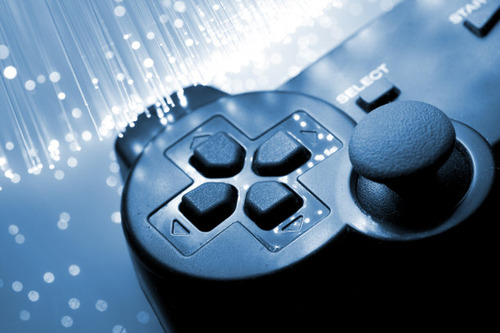
Therefore, bacteria can freely multiply on them for a long time. An additional risk is their use by children who do not like to wash their hands, but like to eat something during the game.

Therefore, it is recommended to clean and disinfect the joysticks at least once a week.
8. Mobile phones
Mobile phones are one of the most dangerous things in the home when it comes to breeding and transmitting bacteria. Bacteria get on your phone when you put it somewhere. A lot of bacteria get on it from your hands - remember how often you touch the phone, and how easily and simply the bacteria on it can be transferred from one place to another.
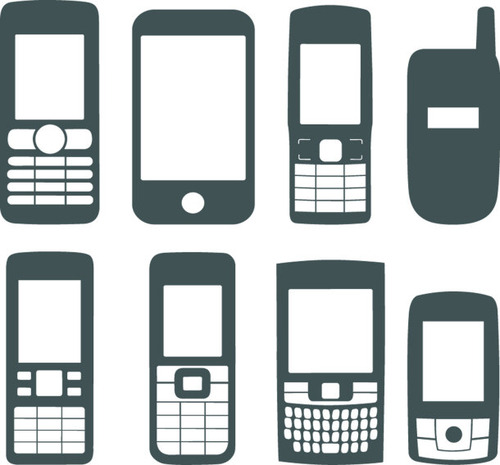
According to the professors of microbiology at the University of Manchester, more bacteria accumulate on mobile phones than on the soles of shoes. A good way out is to regularly use antibacterial wet wipes, but be careful, the liquid can get inside, and this is not very good for your phone.
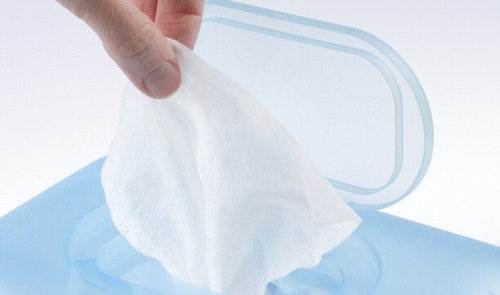
7. Computer mouse and keyboard
You hardly think about microbes on your things that you use every day. For example, about the mouse and computer keyboard, which are used in our time, perhaps more than other things. Moreover, it is their people who clean either extremely rarely or never at all.
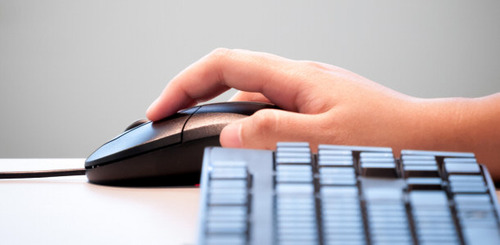
As a result, a huge number of pathogens multiply near your computer. Of course, the frequency and diligence of cleansing plays a big role here. This is really important, so take your time and do it carefully. Sprays in this situation can not be used, so the only way out - using cotton swabs dipped in disinfectant liquid, so that you can thoroughly clean the space between the keyboard buttons.
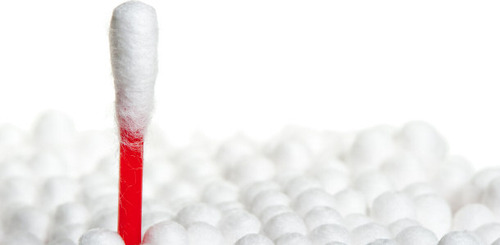
Like everything else, they recommend cleaning the computer keyboard and mouse at least once a week.
6. Boards for cutting products
Quite obvious place for the emergence and reproduction of bacteria are kitchen boards for cutting products. There is a high risk of transferring infections from raw products to finished ones. It is quite difficult to thoroughly rinse them every time you cook a large amount of food.
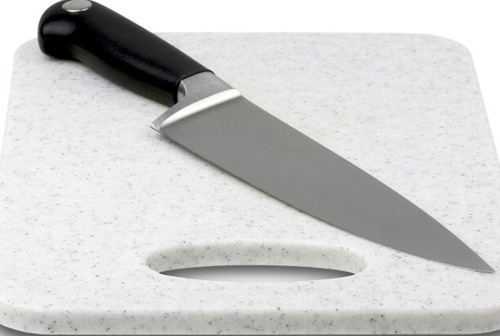
Wooden cutting boards are a particular risk, given that bacteria can penetrate wood fibers and remain there even after thorough washing.
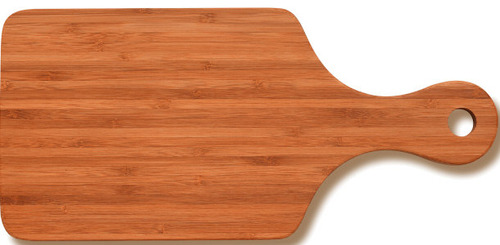
The best way to ensure that there are no germs left on the board is to wash it twice: the first time to remove food debris and the second time to disinfect. This is especially important for wooden and plastic cutting boards, they can also be soaked in a solution of vinegar, which effectively kills microorganisms.
5. Blenders
A blender is a household appliance that poses a health risk — after all, it can reproduce dangerous bacteria, such as Salmonella and E. coli. A particular risk is the mount for the knife, on which the food particles remain.
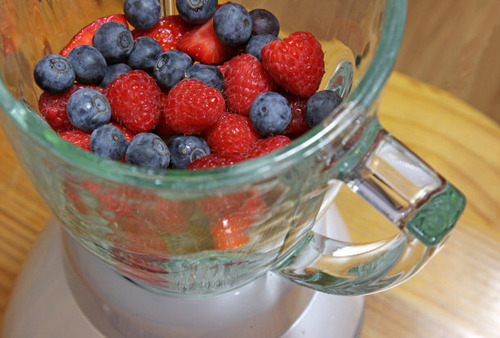
First, the knife holder is difficult to rinse, and secondly, in most blenders, they are rather inconveniently made. In these places, pieces of food accumulate that cannot be extracted from there, no matter how thoroughly you wash your blender. The only way is to pay special attention to this part when washing the blender, and pour boiling water into the blender every few days and let it stand for a while.
4. Shower Heads
Most people take a shower every day.Few of them know that this habit can increase the risk of pulmonary and heart disease. This can occur during accidental ingestion or inhalation of water along with bacteria located in the shower head.
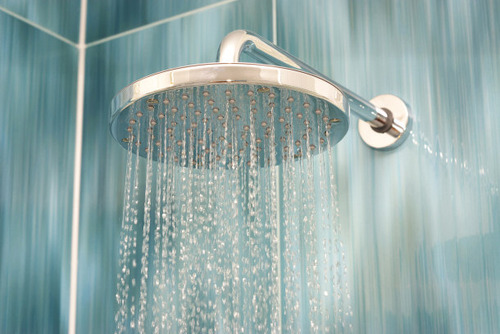
In 2013, American scientists found that in 30% of the showerheads studied, there were a high number of pathogenic bacteria. Moreover, there may be hundreds of times more of them than in cranes throughout the house. Healthy people hardly face a serious illness - but people with a weakened immune system should be more careful.
You can reduce the risk if you turn on the water about a minute before you start taking a shower. In addition, you must regularly clean the shower head. You can completely disassemble it and leave for 20 minutes in boiling water.
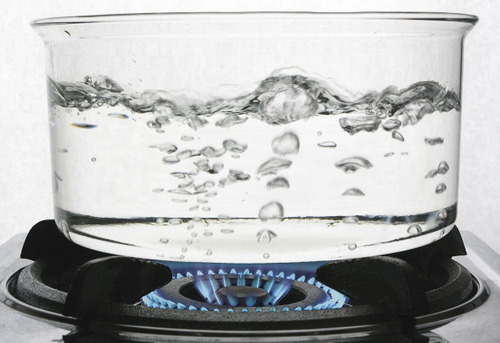
You can also soak it in vinegar for several hours (it is better to leave it overnight). It is recommended to do this at least once a month.
3. Kitchen sinks
You may not like to hear it, but the truth is this: there are more bacteria in the kitchen sink than on the toilet lid.
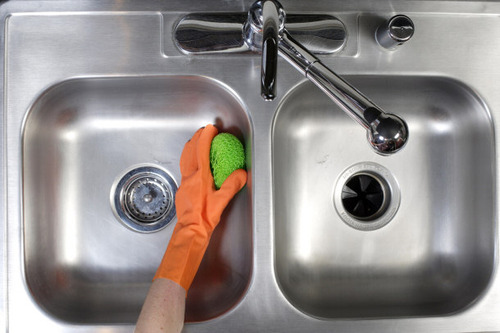
In the kitchen sink, there are particles of food and dirt from washing food, so there is a breeding ground for bacteria, which can be disposed of only with regular washing and disinfection.
2. Sponges for washing dishes
Despite the fact that sponges for washing dishes usually look safe, it is practically the dirtiest objects in the house. It seems to you that you wash them - but in fact you are spreading bacteria by them.
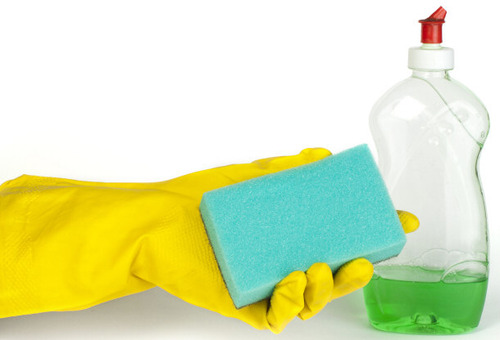
Just a week using a kitchen sponge is enough to wash the dishes to form a critical amount of bacteria. Some people find it a good way to wash sponges in a dishwasher, but this will only lead to bacteria spreading to your dishes. It is better to do the following: put kitchen sponges in the microwave for 30 seconds, the heat should kill the pathogens.
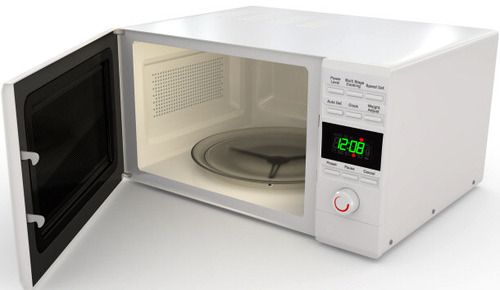
Also, do not forget to change them more often, because they are inexpensive, especially if you think about the damage they can cause to health.
1. Refrigerators
The refrigerator seems quite harmless thing in the house when we think about dirt and germs. In fact, there are many more bacteria in the fridge than we used to think. A large number of them we bring on the packaging of products from the store.
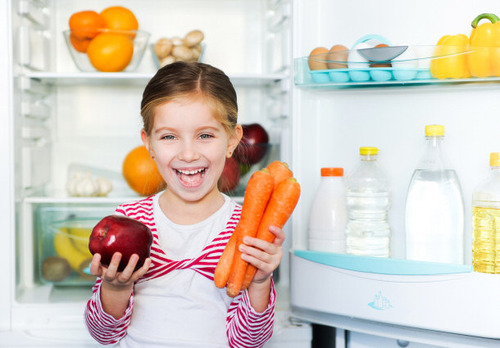
In 2013, the NSF American Research Center in its large-scale study revealed that dangerous bacteria such as Salmonella and E. coli can often multiply on the shelves of refrigerators. In addition, there is often a fungus.
Therefore, put the meat in the refrigerator away from the rest of the products, and also make sure that the juice from it does not fall on the foods that you eat without prior heat treatment.
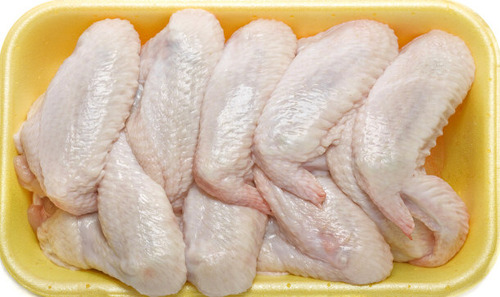
Wash the refrigerator as often as possible, at least once a week. Carefully wash not only the shelves, but also the doors - then you will not give the bacteria a chance to multiply.
Conclusion
Prevention of dangerous diseases is a serious reason to think again about the hygiene in your home. After all, even the safest, at first glance, objects can cause serious infections.
Despite the fact that it is impossible and completely unnecessary to protect oneself from microbes, because combating them strengthens our immunity - it is useful to remember which places in the house should be washed and disinfected very carefully.



